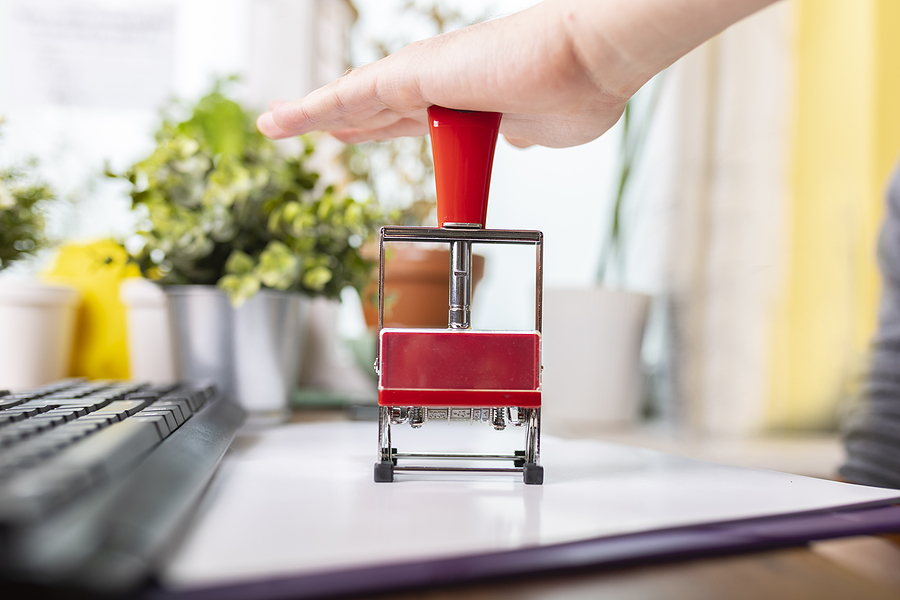Stamps are the most popular tools that are found and used in many facilities, be it small or large corporations. In the early days, stamps were used often and were highly valued. However, today, stamps are not largely used as before. They were used for approving or authorizing company documents before releasing them. Stamps are still being used today in many companies to ensure propriety and proficiency. Since one can forge a signature, it is ideal to use a company stamp that is difficult to duplicate.
To make things more exciting, stamps have experienced plenty of improvement to stay at par with the advancing technology. Today, there are different types of stamps besides their conventional counterparts. There are three main types of stamps, including self-inking, pre-inked, and rubber stamps. To add to that, there are daters stamps, custom stamps, and signature stamps, among others.
Our main focus in this article is on self inking stamps and how they compare to others.
What is a self-inking Stamp?

A self-inking stamp is loaded with ink before using it. The main point here is to save time when stamping many documents. There is a piece of rubber in the stamp that hits a different pad while stamping. This is responsible for producing clean results. Once the ink runs out, you are required to clean and either change the pad or just fill it up with more ink.
A self-inking stamp is an automatic version of the conventional rubber stamp as it integrates a small ink pad to re-ink itself after making an impression. A custom-made rubber die is mounted on the ink stamps that you choose. The die retracts, changeably touching the inner ink pad within the stamp once an impression is made.
On purchasing a stamp, it comes with its ink pad but you can obtain extra ink if you want to change the color. When buying the ink, ensure you choose one that is compatible with self-inking bases.
Advantages of Self-inking Stamps
As mentioned, this type of stamp is an excellent time-saver for many organizations. Besides that, other advantages are listed below.
- Self inking stamps are ideal for repeated stamping that occurs fast and efficiently
- They require a simple press to work as it should
- The stamps can tackle plenty of tasks and handle heavy use
- They allow for different color inks which is important for intermittent re-inking
- They can perform to about 10,000 impressions before requiring a refill
- The stamps are easily refillable
- They come at an affordable cost and make high-quality impressions
How does Self-Inking Differ from Pre-inked Stamps?
Many people confuse self-inking with pre-inked stamps and with good reason. First, they are all ink-based stamps and use an ink pad. However, pre-inked features a reservoir at the rear of the stamp that uses an oil-based ink refill. This type places your customized information into a vessel filled with ink inside the stamp. By doing this, the ink droplets percolate through the impression area precisely from the ink tanks at the rear of the stamp.
Pre-inked stamps are initially re-inked with liquid ink. Here, the same color used in the initial ink stamps doesn’t change. Compared to self-inking, pre-inked stamps, however, leave a high-quality impression.
A self inking stamp, on the other hand, utilizes an integrated water-based ink pad that re-inks after every impression. It provides the flexibility to change the color of the ink depending on your preferences.
Self inking stamps are, without a doubt, the greatest time savers of all time. Refilling it is as simple as 1, 2, 3. Since most of these stamps exhibit the same design, simply lift the cap off or push the drawer-like ink well on the stamp to add ink. Once lifted, you can gently drop two or three droplets of ink into the reservoirs and then replace the cap/ inkwell.
